
What happens when nuclear brinkmanship meets an active warzone? A flurry of announcements and battlefield escalations in late October 2025 pushed the United States, Russia, and their allies closer to a dangerous threshold. President Donald Trump’s directive to resume U.S. nuclear weapons testing after a 33-year hiatus was answered with an immediate Kremlin warning: if Washington tests, Moscow will too. The exchange came against a backdrop of Russia’s unveiling of two nuclear-powered delivery systems, escalating combat in eastern Ukraine, and growing evidence of war crimes against civilians.
These are not discrete developments. They interlock with stalled arms control agreements, contested strategic territories, and the shifting technological landscape in nuclear deterrence. From the crisis at the Zaporizhzhia nuclear plant to the ‘human safari’ drone campaign in southern Ukraine, every flashpoint carries implications for global security. Following are ten of the most consequential threads that form this volatile moment.

1. Trump’s Order to Resume U.S. Nuclear Testing
The announcement by President Trump to “immediately” resume nuclear weapons testing sharply breaks with the moratorium sustained since 1992. Analysts emphasize that the United States lacks infrastructure and readiness to conduct underground explosive tests on short notice, and the National Nuclear Security Administration has not operated a dedicated test-readiness program since 2010. This seems to be an attempt to counter advances in Russian and Chinese capabilities while provoking a cascade of reciprocal tests that could undermine the nonproliferation norm.

2. Kremlin’s Pledge to Match U.S. Testing
Within hours of Trump’s statement, Kremlin spokesperson Dmitry Peskov repeated the long-held line of President Putin: if any country moves unilaterally from the moratorium, so will Russia. Insisting that Moscow has not tested to date, the threat none the less spotlighted the weaknesses of arms control arrangements like New START due to expire in February 2026, and threatens to re-ignite a full-scale nuclear arms race in this tit-for-tat posture.

3. Russia’s Poseidon ‘Doomsday’ Torpedo
The first ever test of the nuclear-powered Poseidon underwater drone on nuclear propulsion was described by Putin himself as a “huge success.” Designed to create a radioactive tsunami that can make coastal cities uninhabitable, Poseidon reportedly has a reactor “100 times smaller” than any submarine reactors and a warhead yield “higher than the Sarmat ICBM.” Military analysts say that the environmental and strategic consequences of the weapon could be serious – beyond the psychological factor.
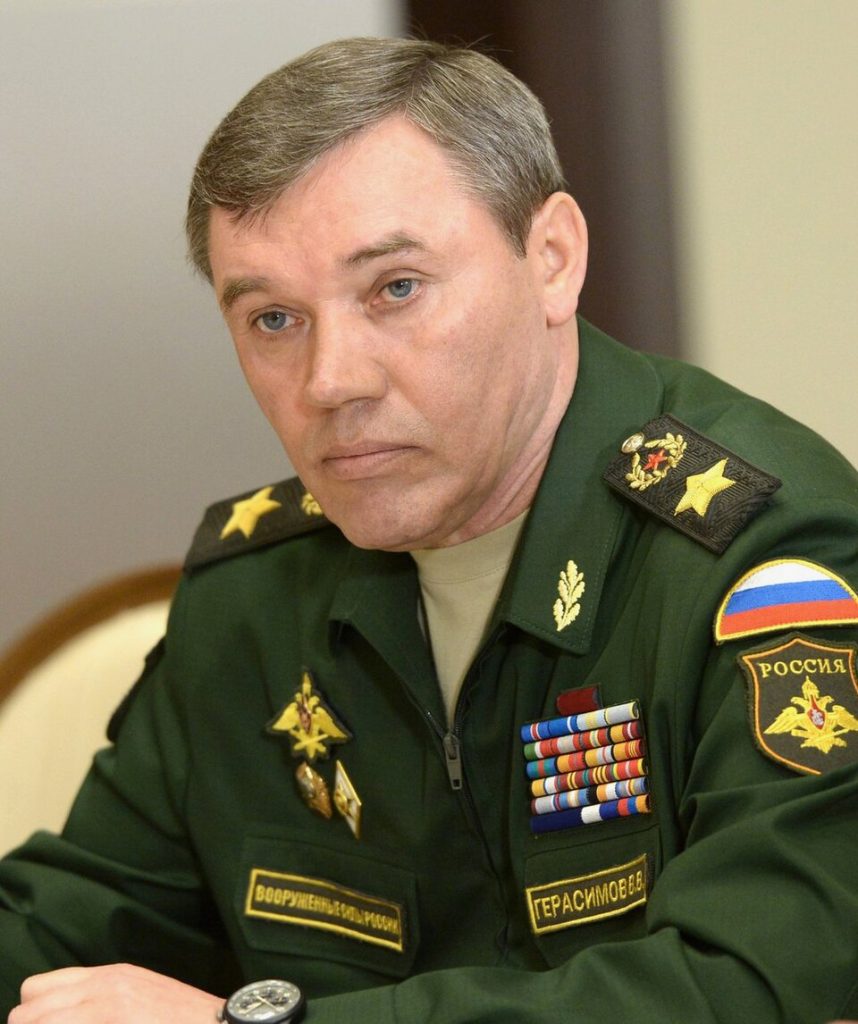
4. Burevestnik Nuclear Cruise Missile
Days before the Poseidon test, Russia’s Chief of General Staff Valery Gerasimov reported the successful 14,000 km, 15-hour flight of the nuclear-powered Burevestnik; NATO designates it SSC-X-9 Skyfall. The claimed capability of the missile to avoid air defenses resuscitates concepts from the Cold War abandoned because of radiological hazards. The design, according to one expert who spoke with Business Insider, is “going to result in radioactive wreckage or some other unintended consequence” should there be some sort of failure.
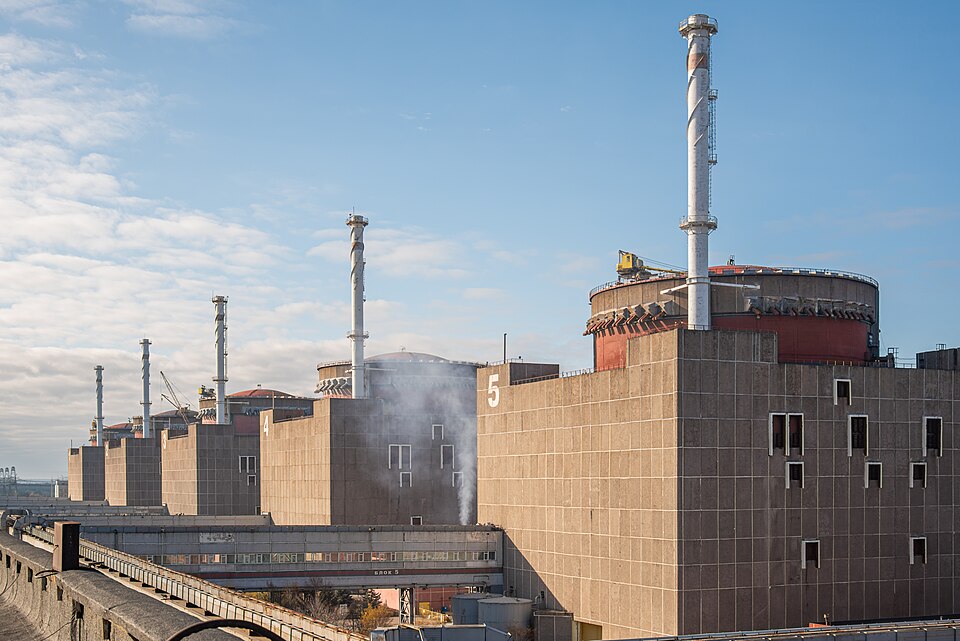
5. Zaporizhzhia Nuclear Plant Under Siege
In fact, Europe’s largest nuclear plant remains under Russian control, even as the IAEA has warned that “we are getting dangerously close to a nuclear accident.” The facility had to rely for three days on backup diesel generators for an unprecedented loss of power-the longest such reliance on emergency power sources ever. Greenpeace analysts believe Moscow plans to restart a reactor and connect it to the Russian grid for the first time during war – an action which could destabilize safety protocols.

6. UN Confirms ‘Human Safari’ Drone Campaign
The United Nations probe blamed Russia for crimes against humanity in southern Ukraine, where “murder and forcible transfer of population” occurred. The report described how camera-equipped drones stalk civilians before striking, putting footage online to amplify terror. At least 200 civilians have been killed since July 2024, according to the report, while some of the targeted areas are now “almost entirely vacated.”
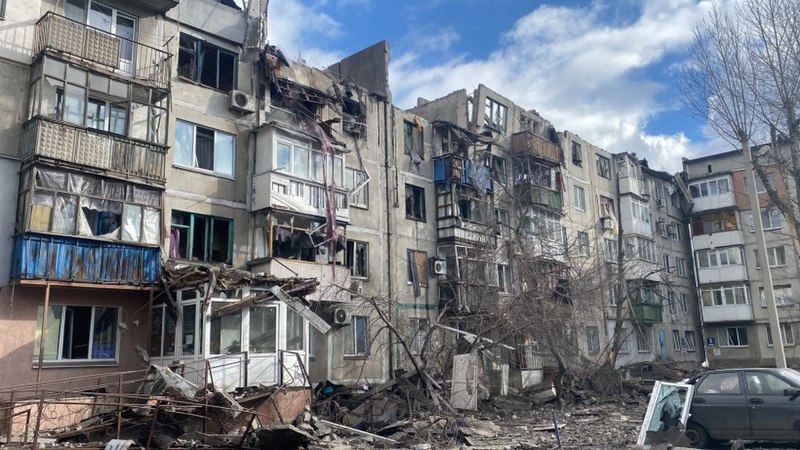
7. Pokrovsk: Crucial battle of the Eastern Front
In Donetsk, Russian forces have invaded the key logistics node of Pokrovsk. Outnumbering Ukrainian defenders eight to one, its capture would cut routes to Ukraine’s fortified ‘fortress belt’. Ukrainian units say 79 attacks were repelled over two days but poor weather has hindered drone reconnaissance and allowed Russian armour-backed infantry to push on.
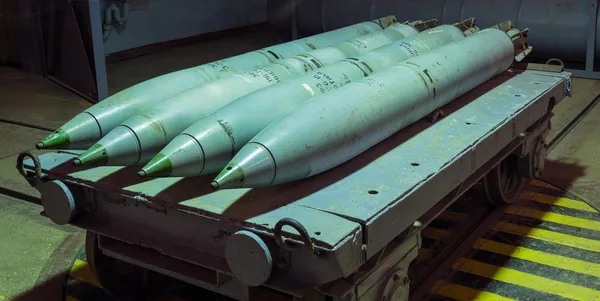
8. Arms Control at Breaking Point
The most recent weapons tests by Russia, and the testing order by Trump, come at a time when New START is on shaky ground: Moscow has suspended treaty data exchanges, and China’s nuclear arsenal is projected to top 1,000 warheads by 2030. If no new agreements are reached, the strategic balance risks tilting toward unconstrained competition in both warhead numbers and delivery systems.

9. Systematic Attack against Civilian Infrastructure
Beyond the southern ‘human safari,’ Russia has scaled up strikes across the country on energy facilities, hospitals, and schools. Prime Minister Yulia Svyrydenko accuses Moscow of “trying to plunge Ukraine into darkness” in advance of winter. The country was thrown into nationwide power rationing in October alone, after three large-scale attacks targeted thermal power plants.
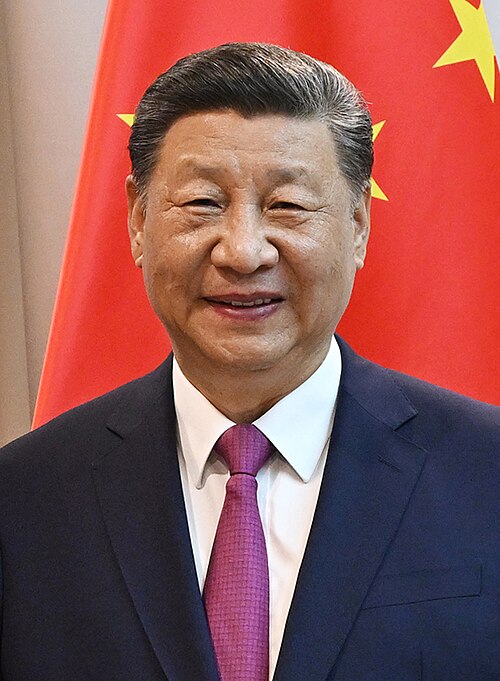
10. Strategic Signaling to China
Trump posted well ahead of his meeting with Xi Jinping, and many see a calculated signal in this. He did this, analysts say, to get leverage in the nuclear arms talks or more broadly in geopolitical issues. Beijing conducted just 47 past nuclear tests, meaning it would disproportionately benefit from a renewed testing race-so China will be a pivotal player in any future escalation or restraint.
This looming convergence of nuclear weapons development with battlefield escalation and civilian-targeted warfare represents a highly dangerous inflection point at the end of 2025. Each of these flashpoints-from the radioactive tsunami potential of the Poseidon to the precarious state of the Zaporizhzhia plant-feeds into a broader erosion of arms control norms. Without urgent diplomatic intervention, the rhetoric of ‘equal basis’ testing could prove self-fulfilling, ushering in a new era of strategic instability.


